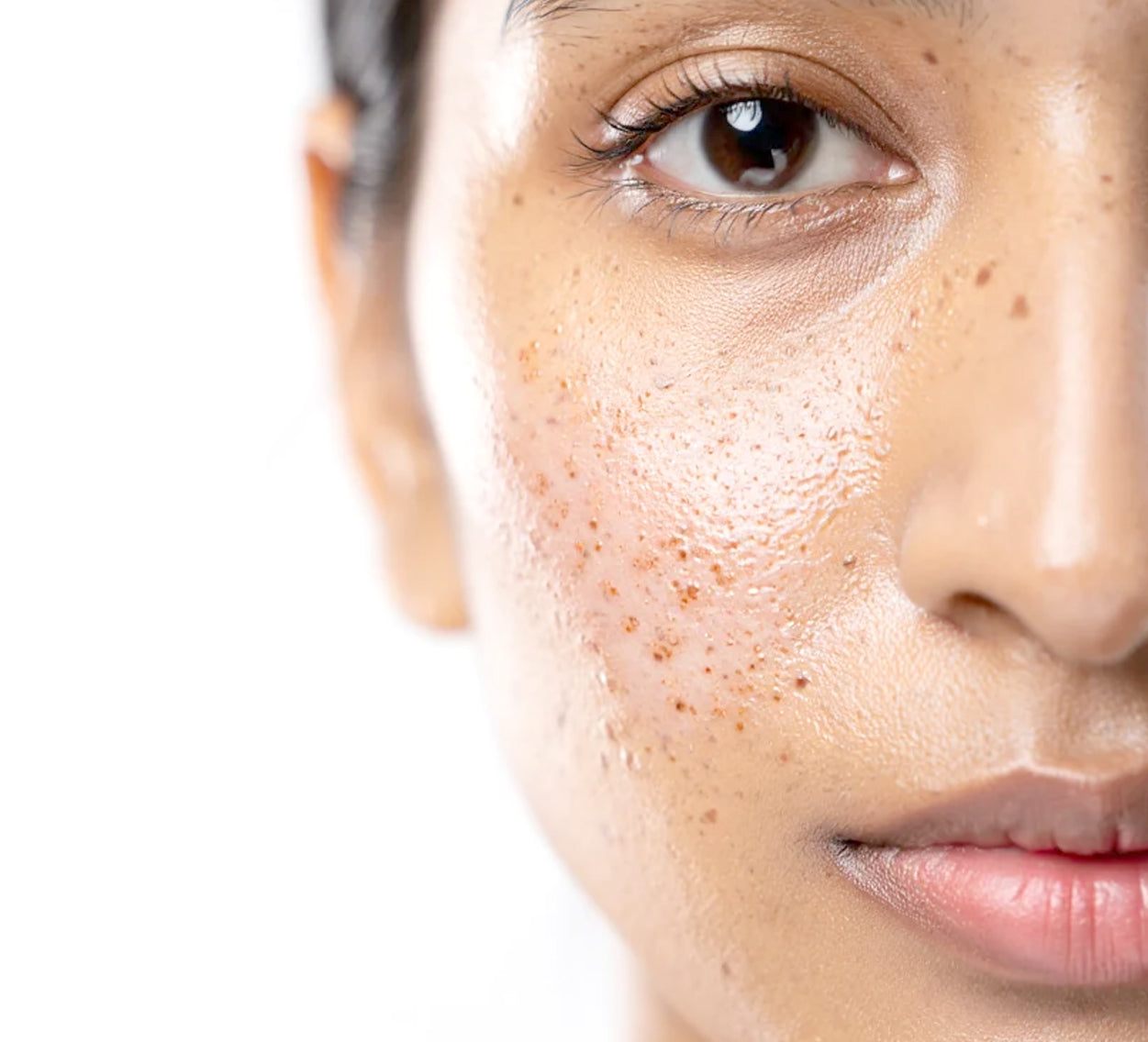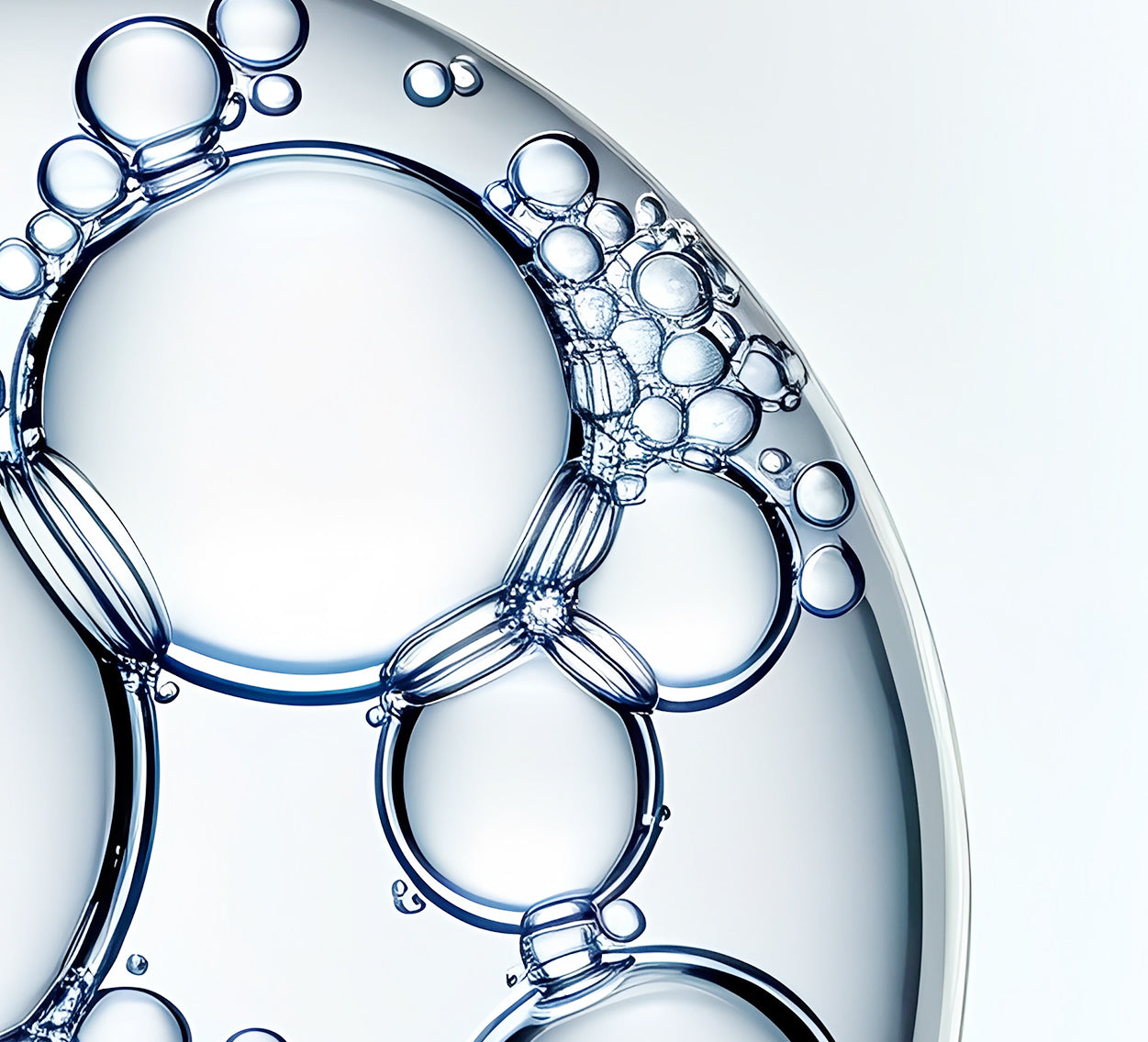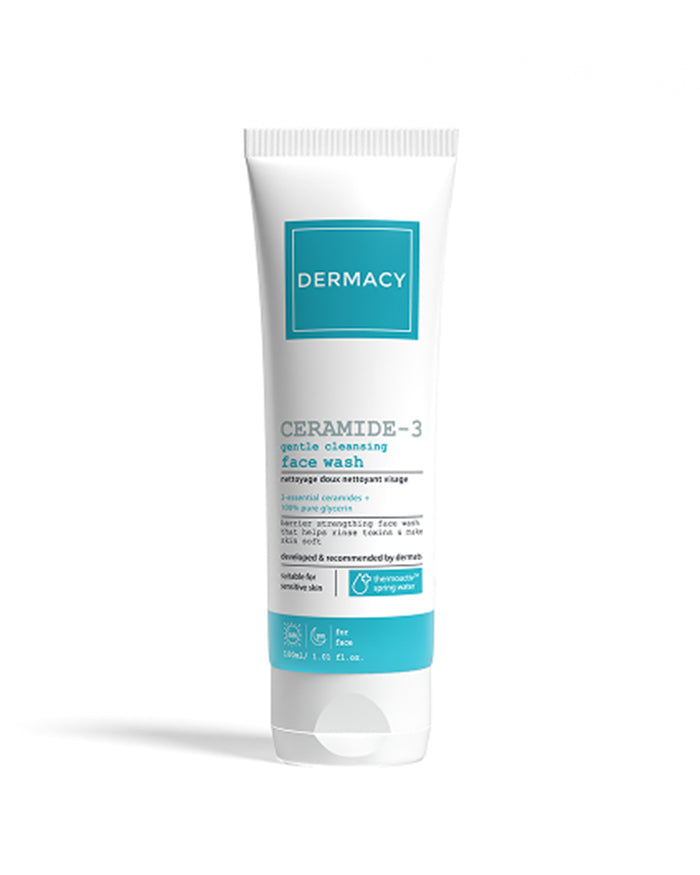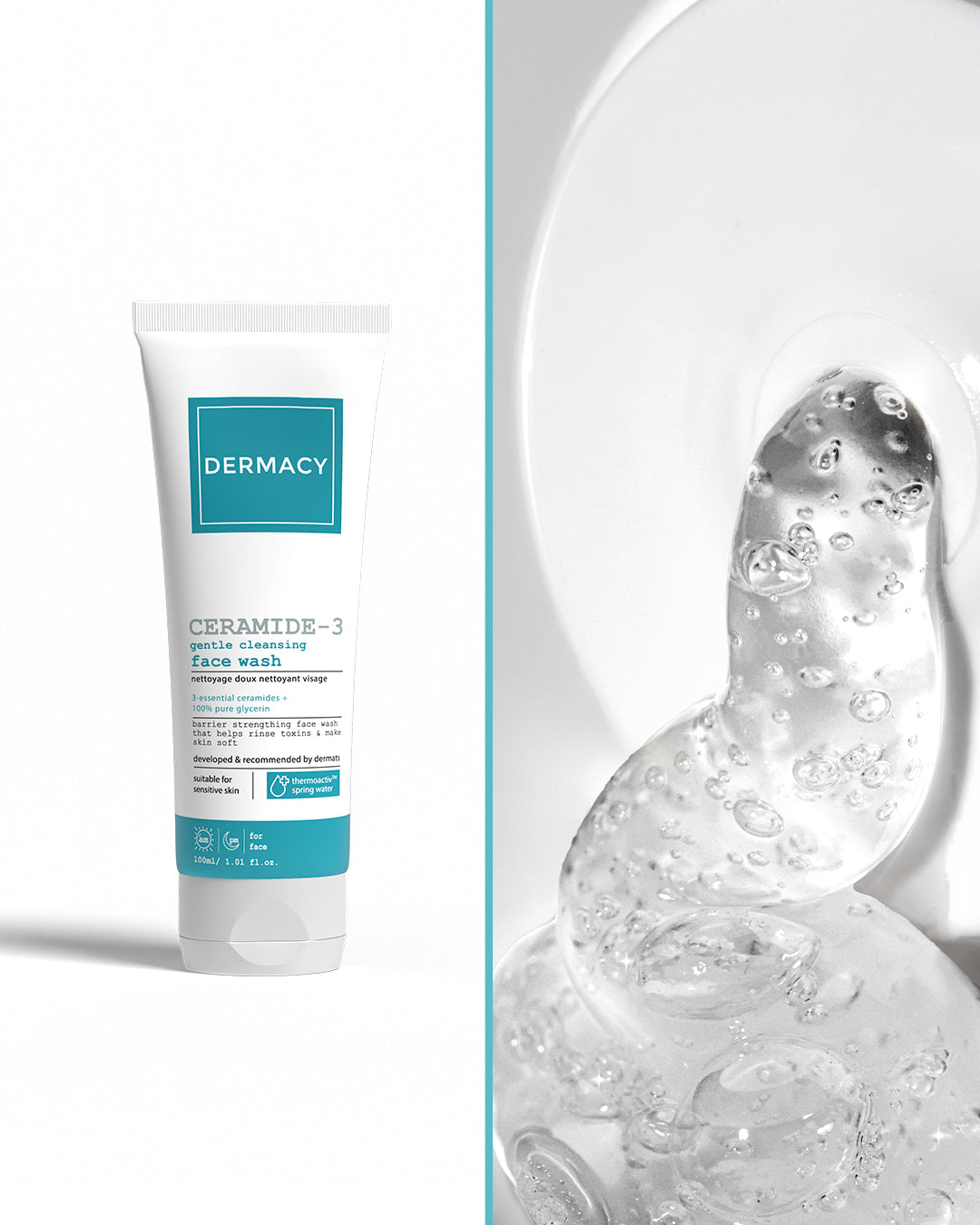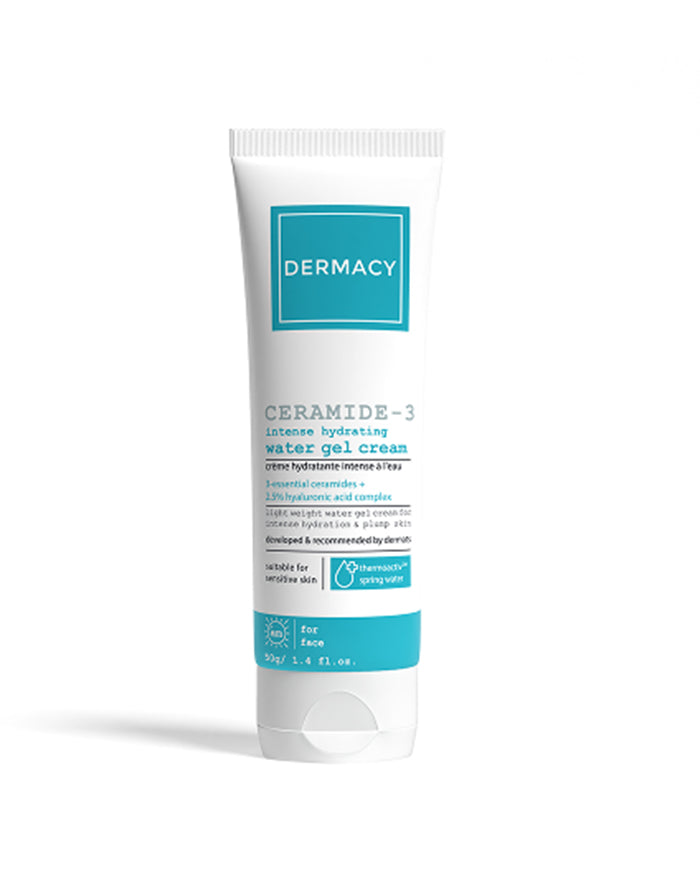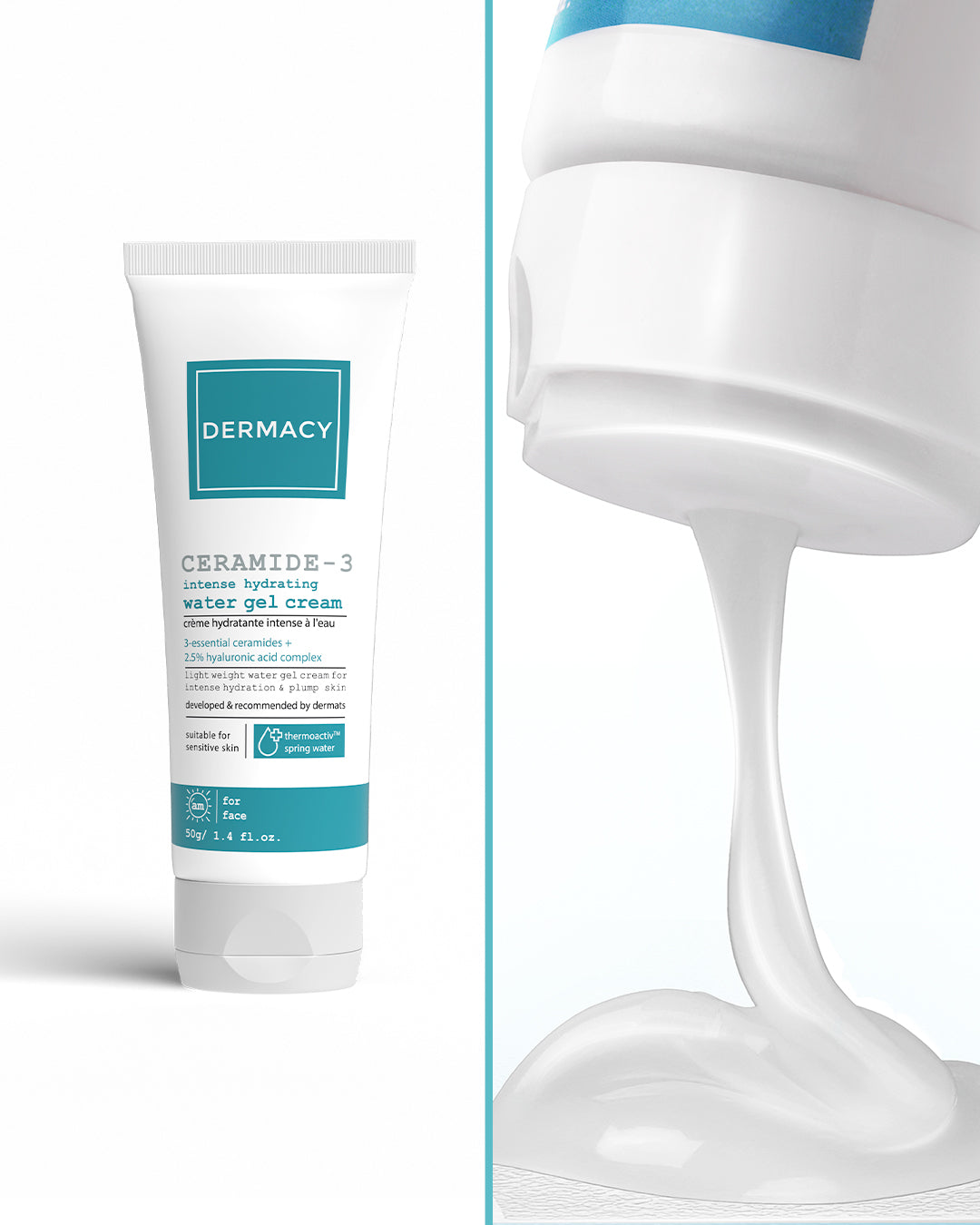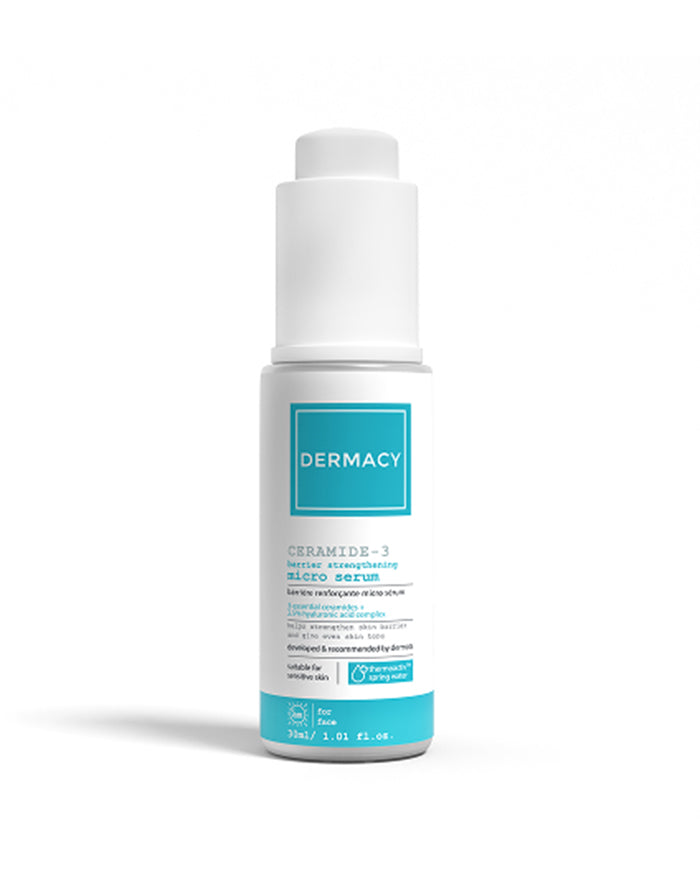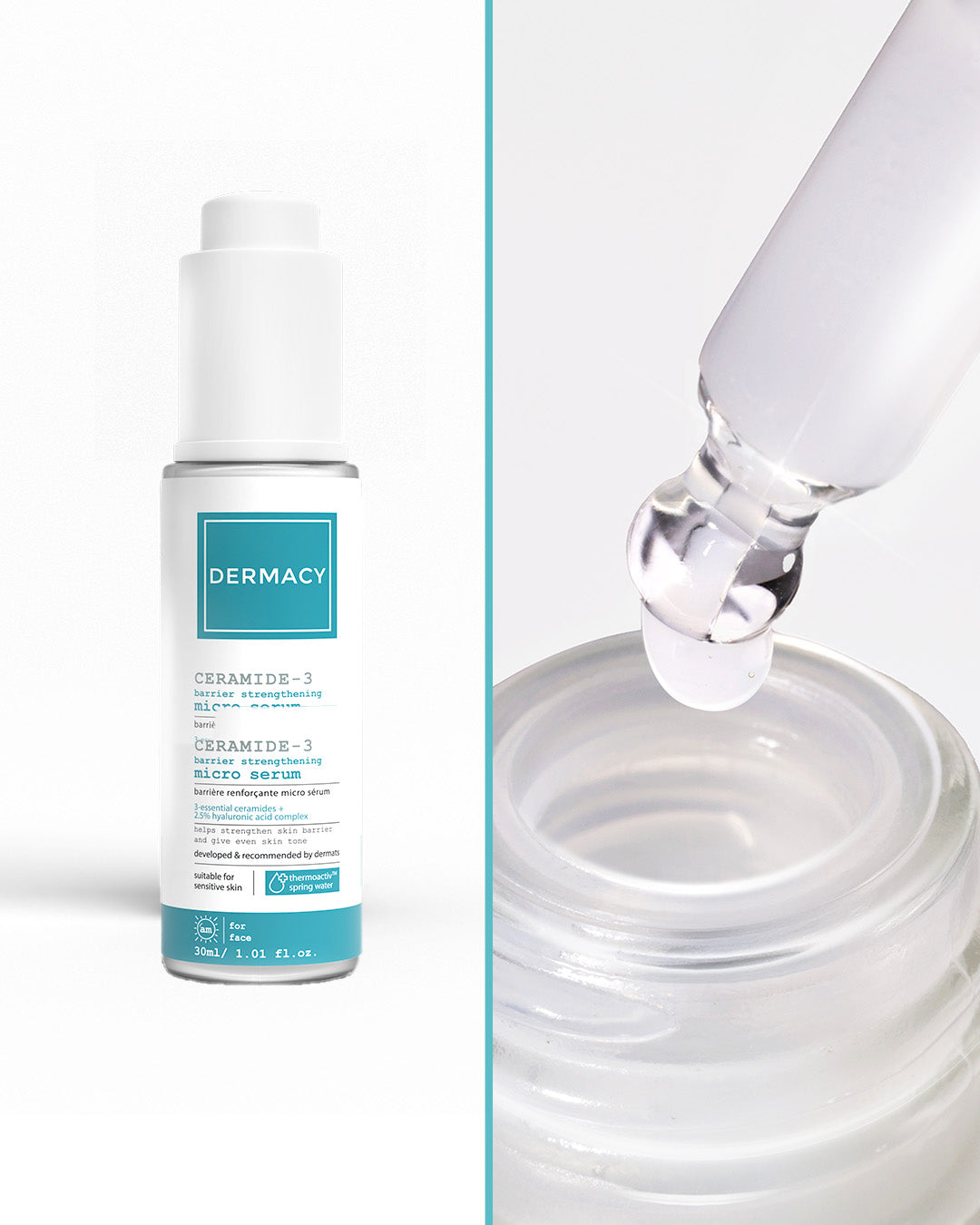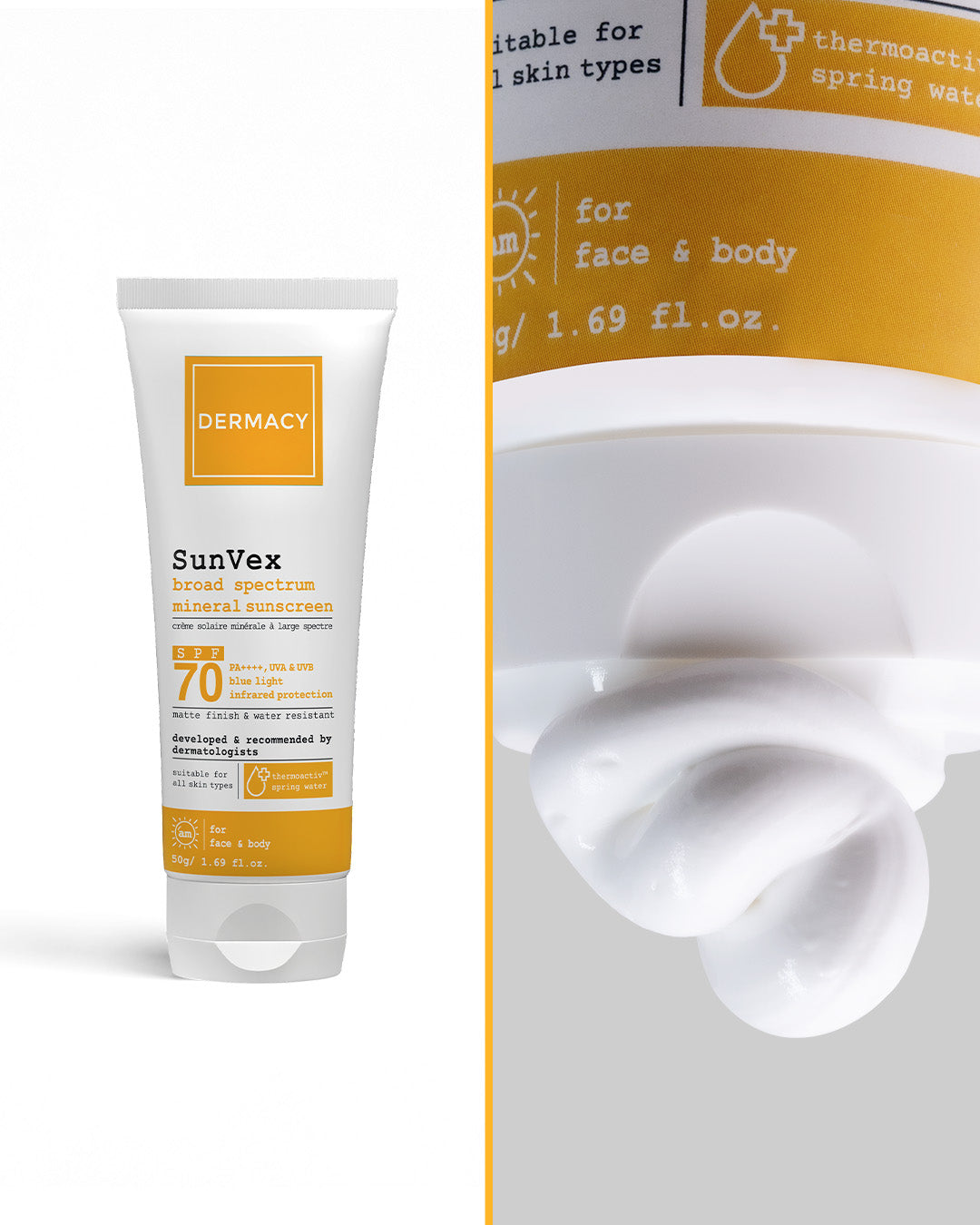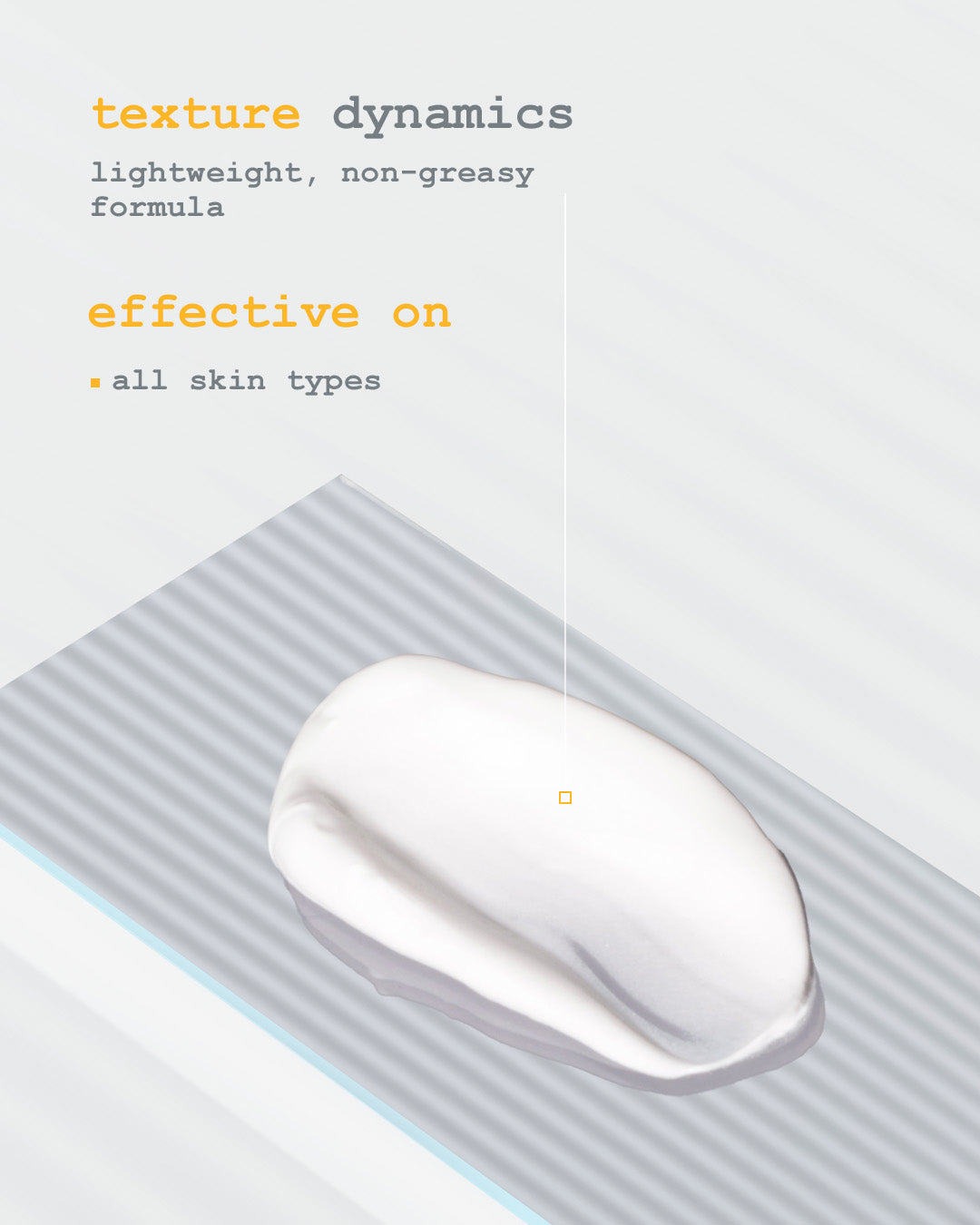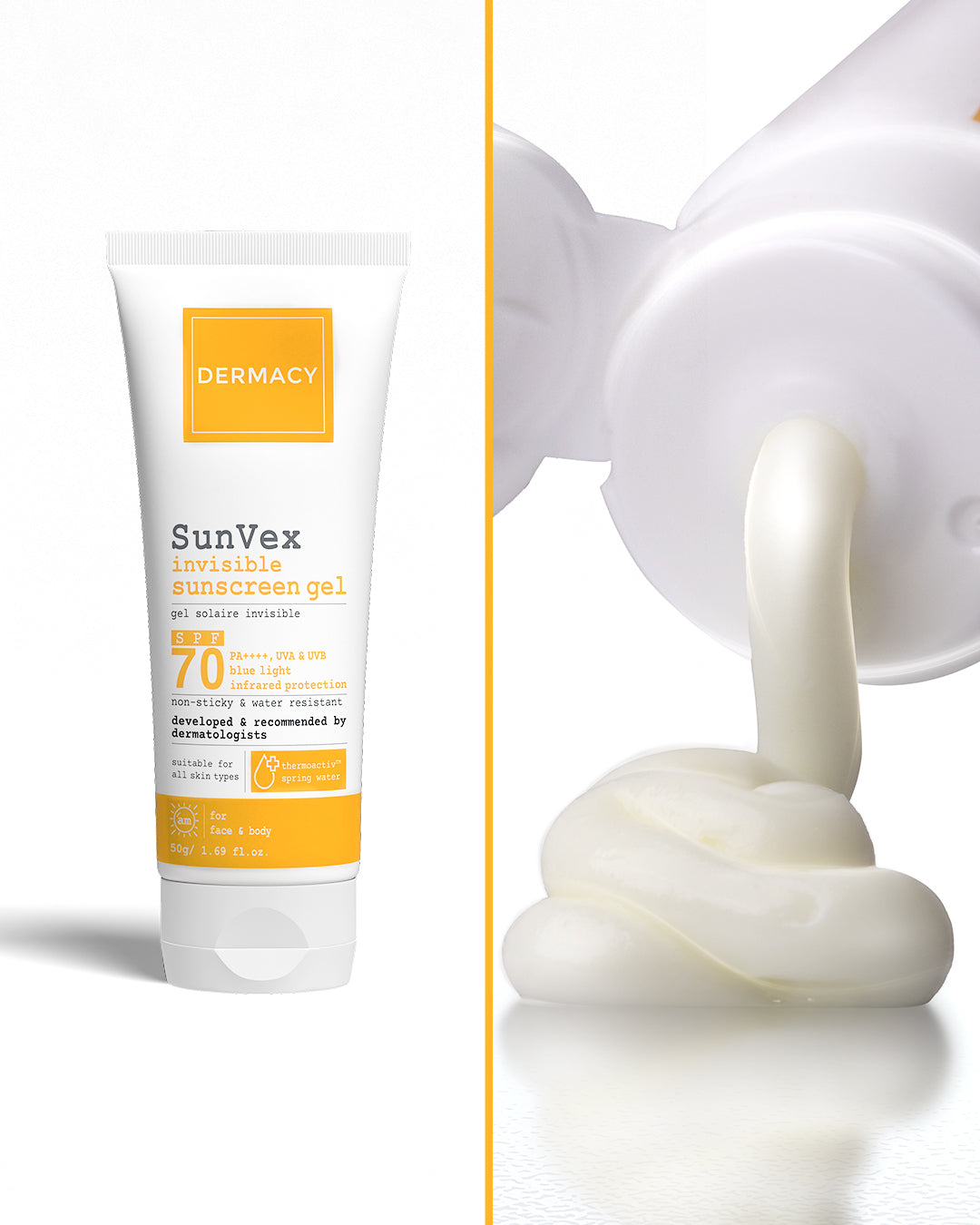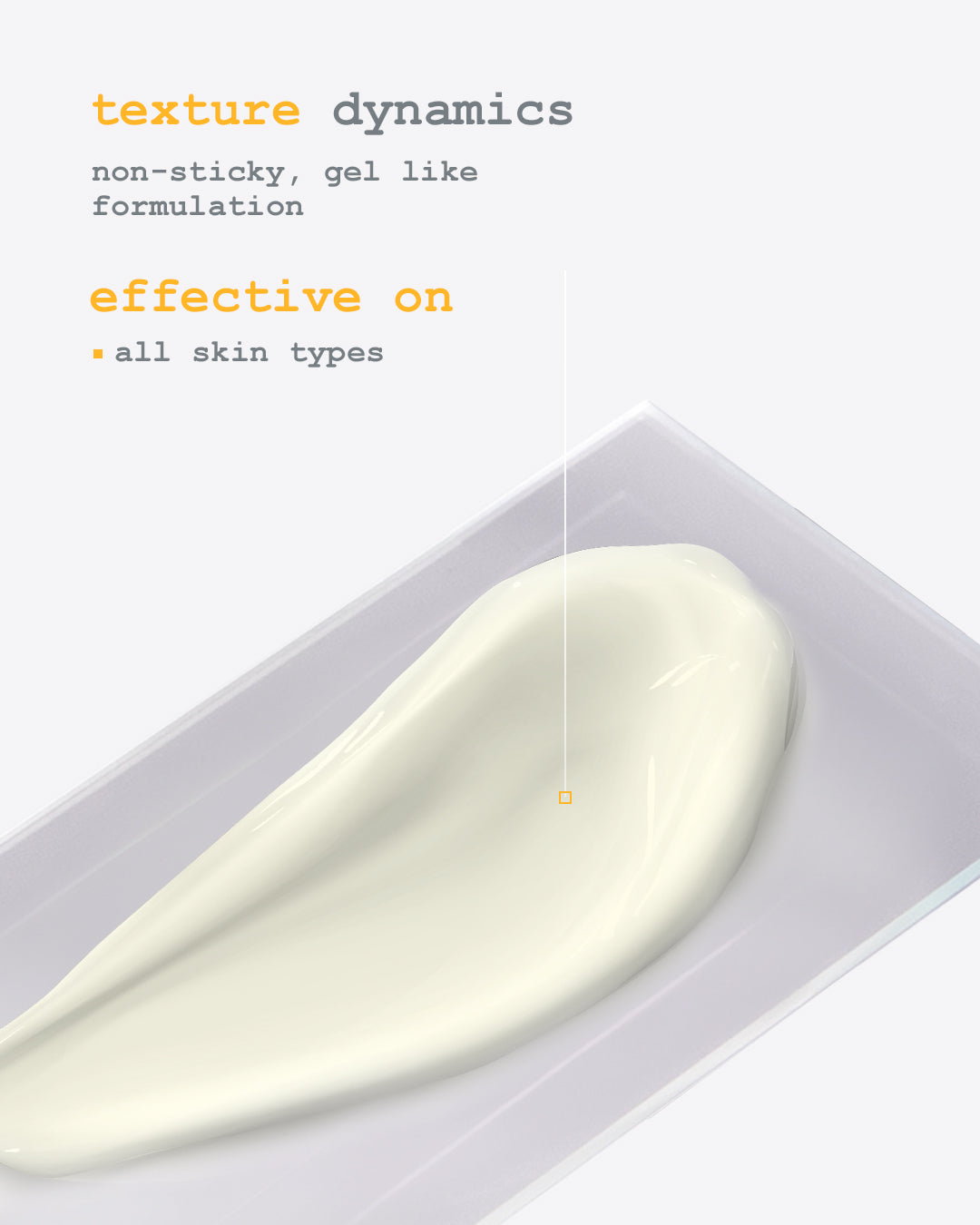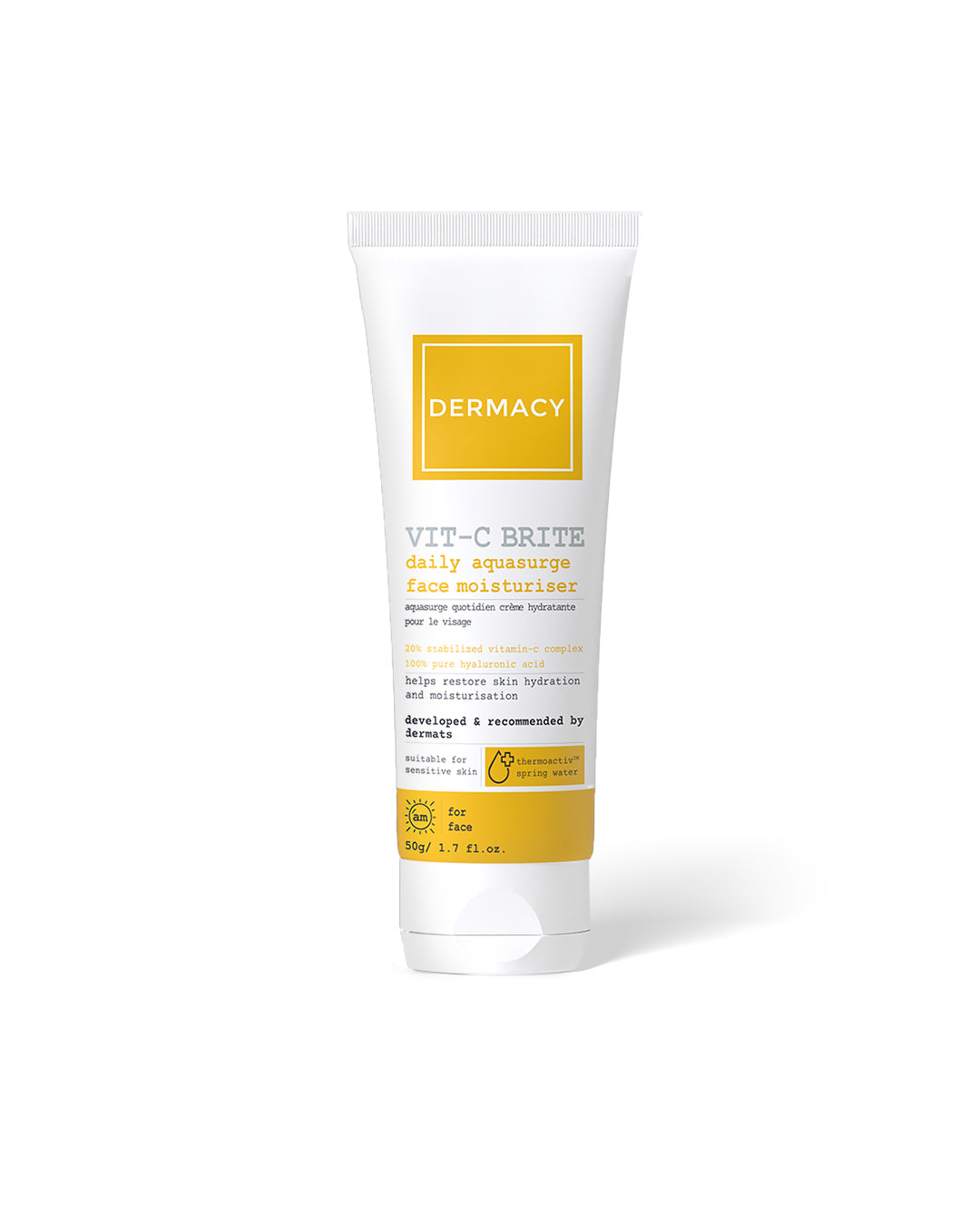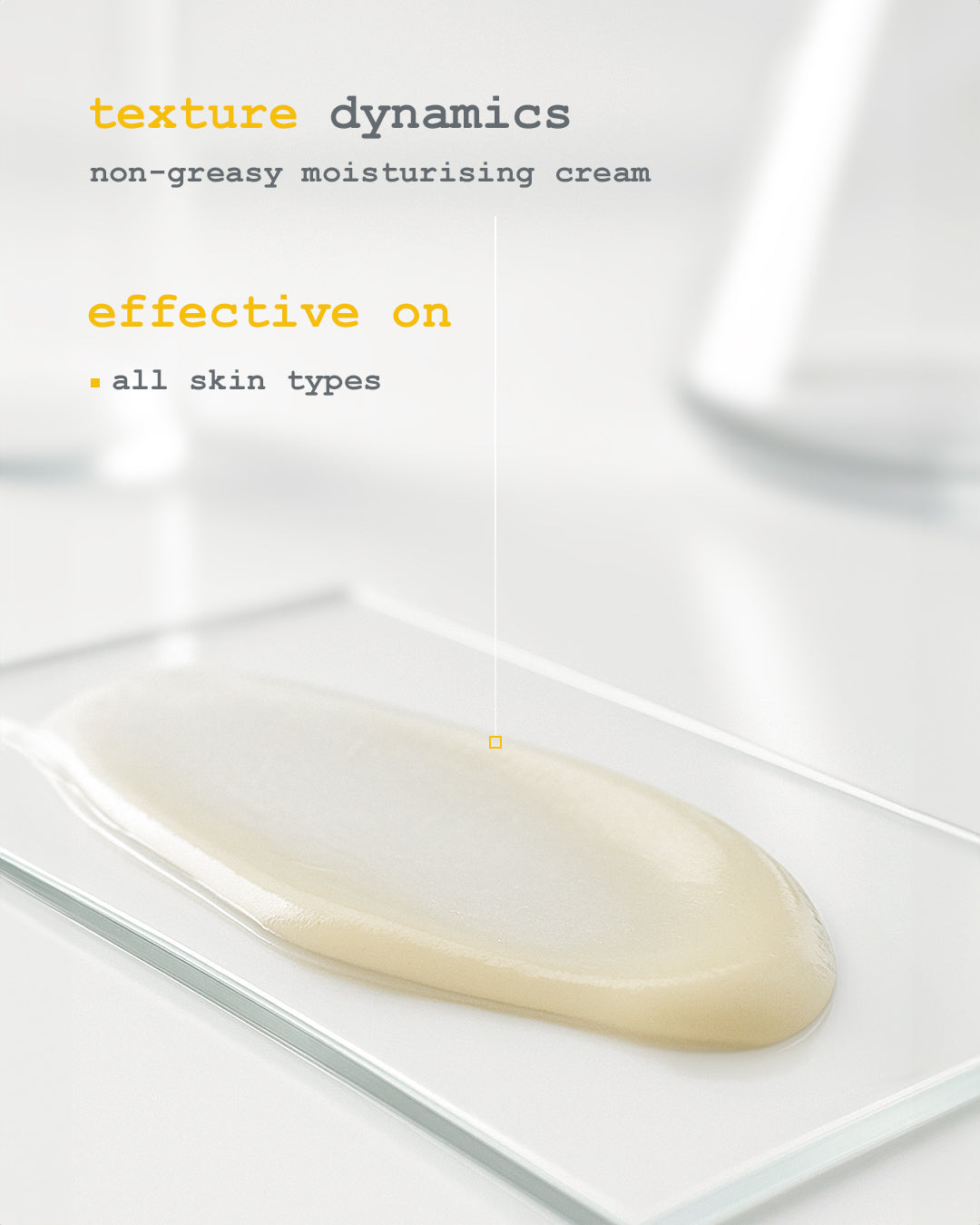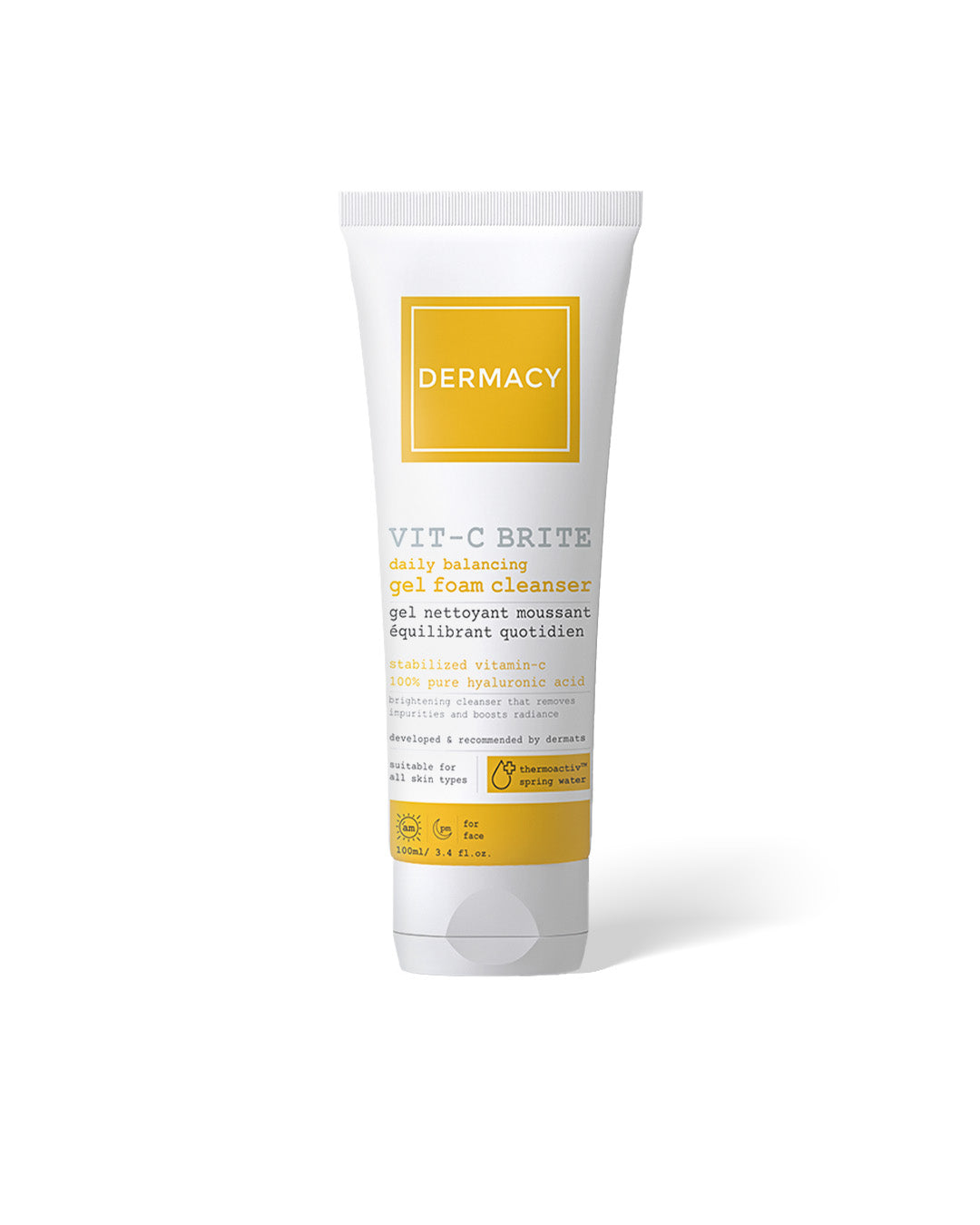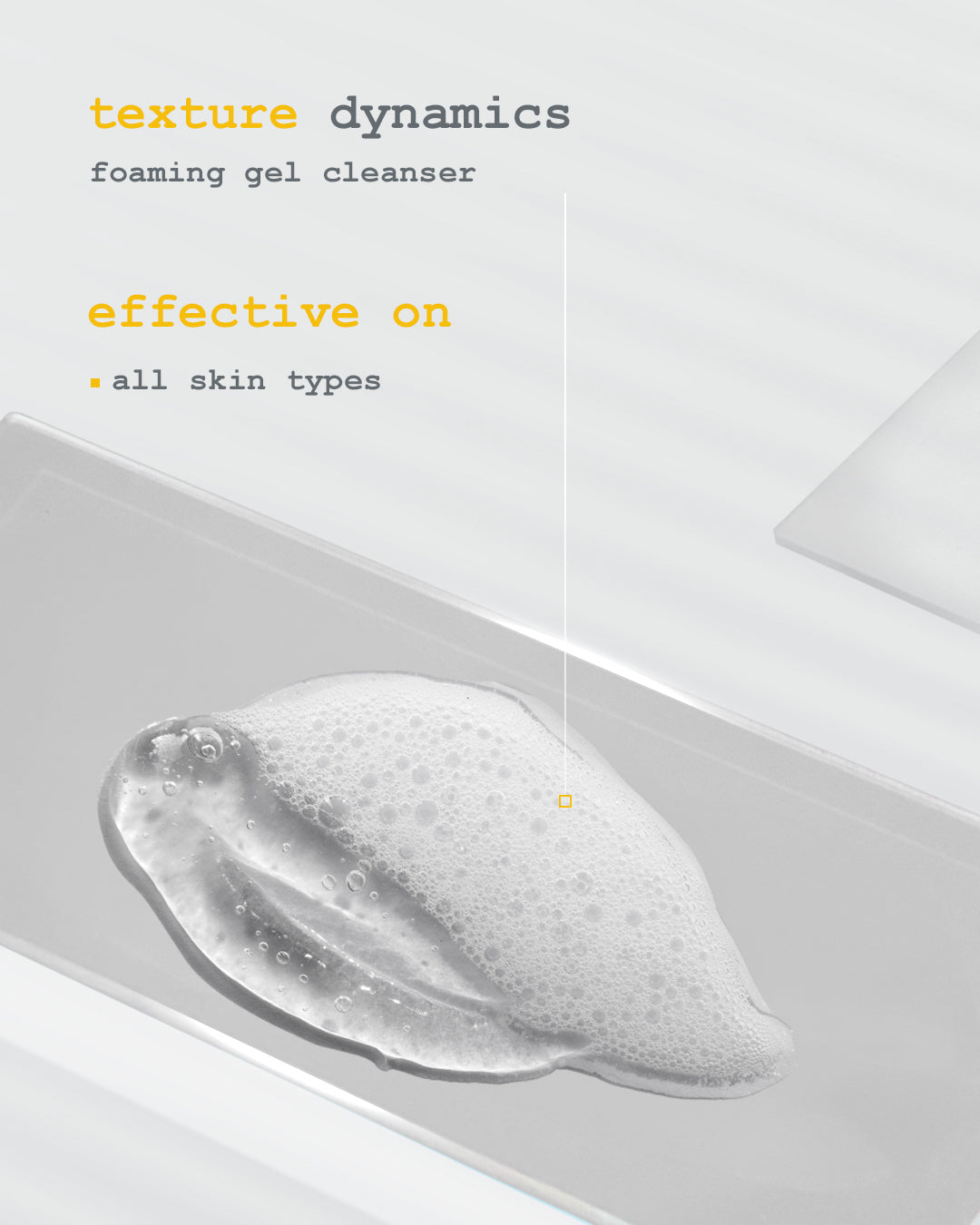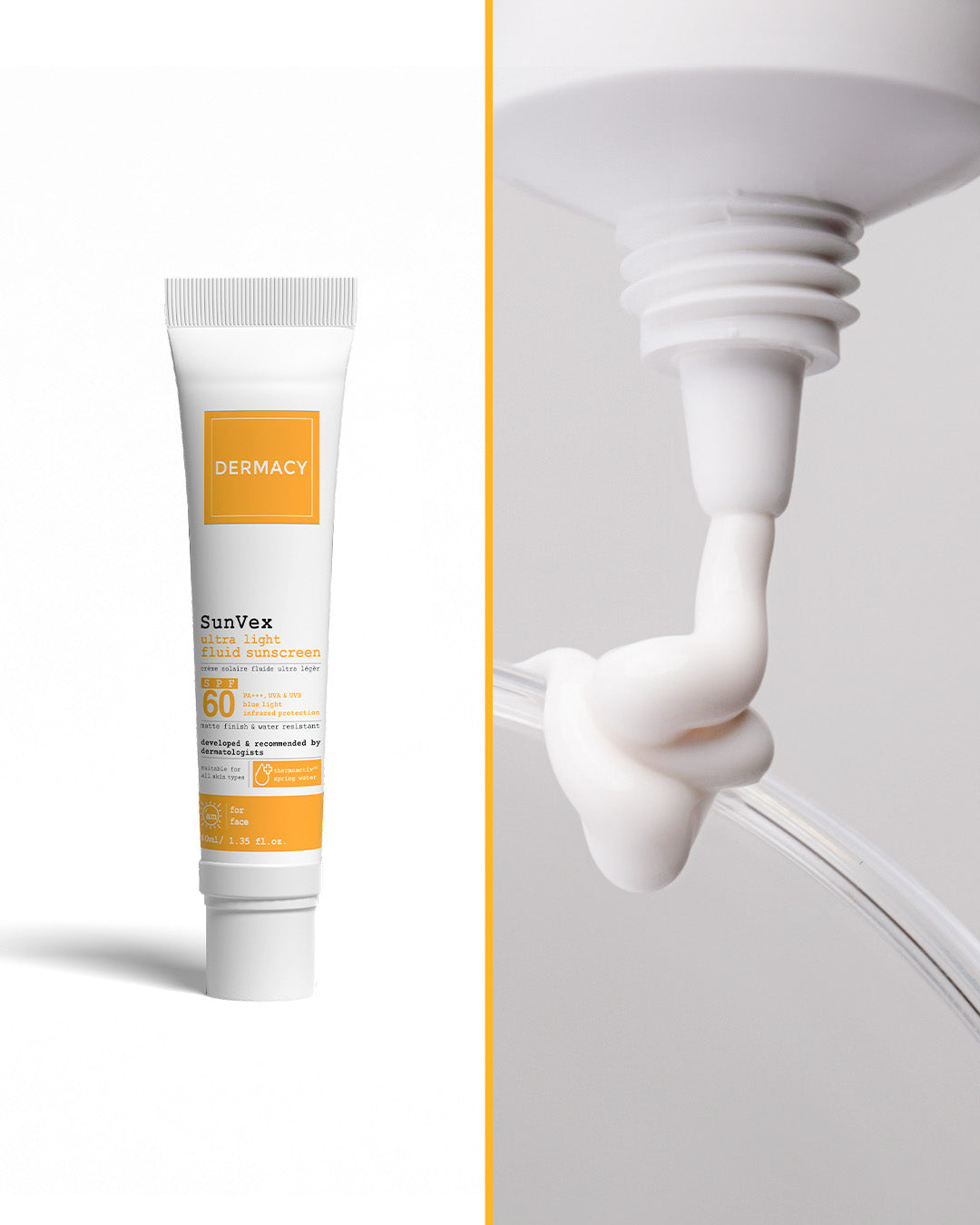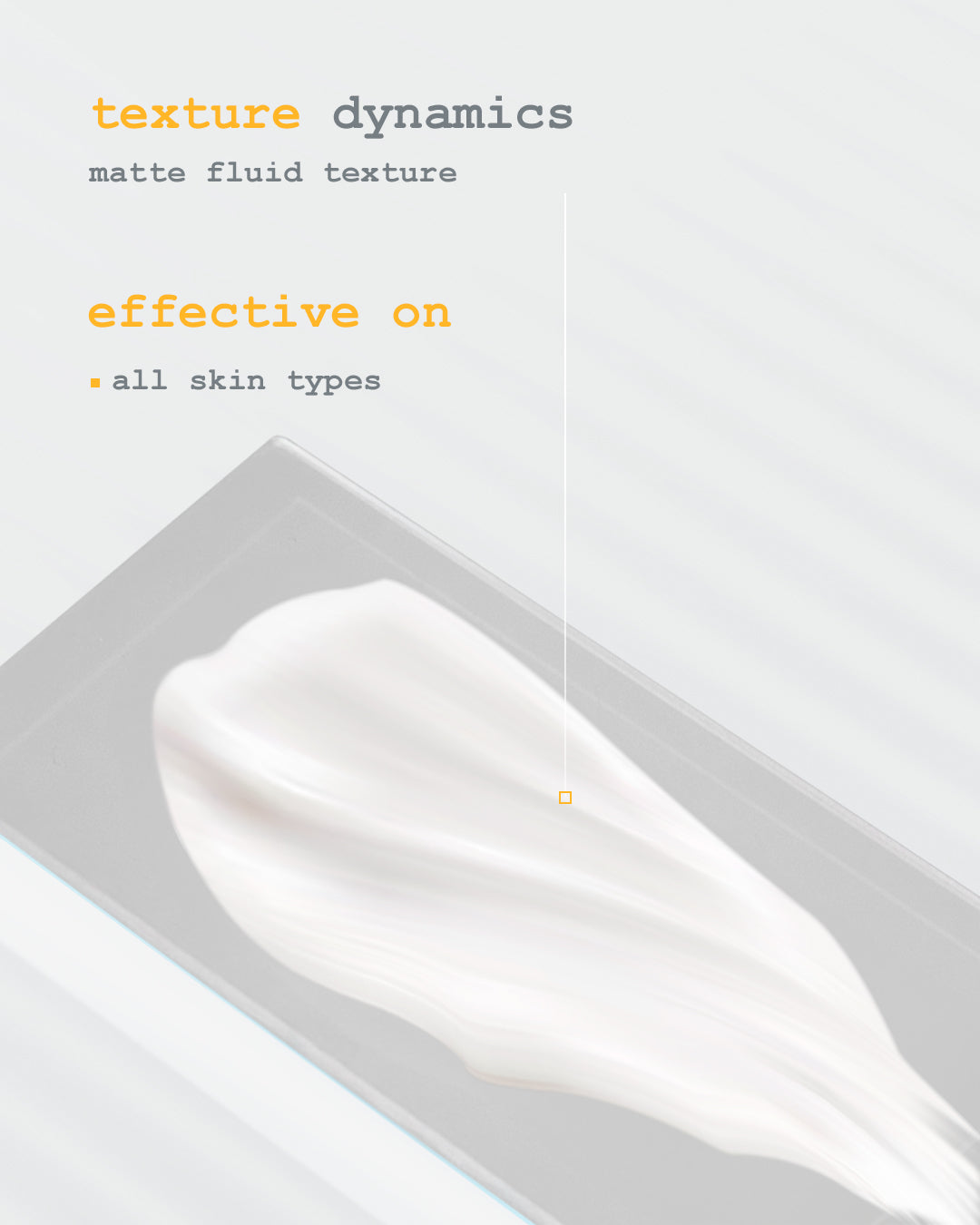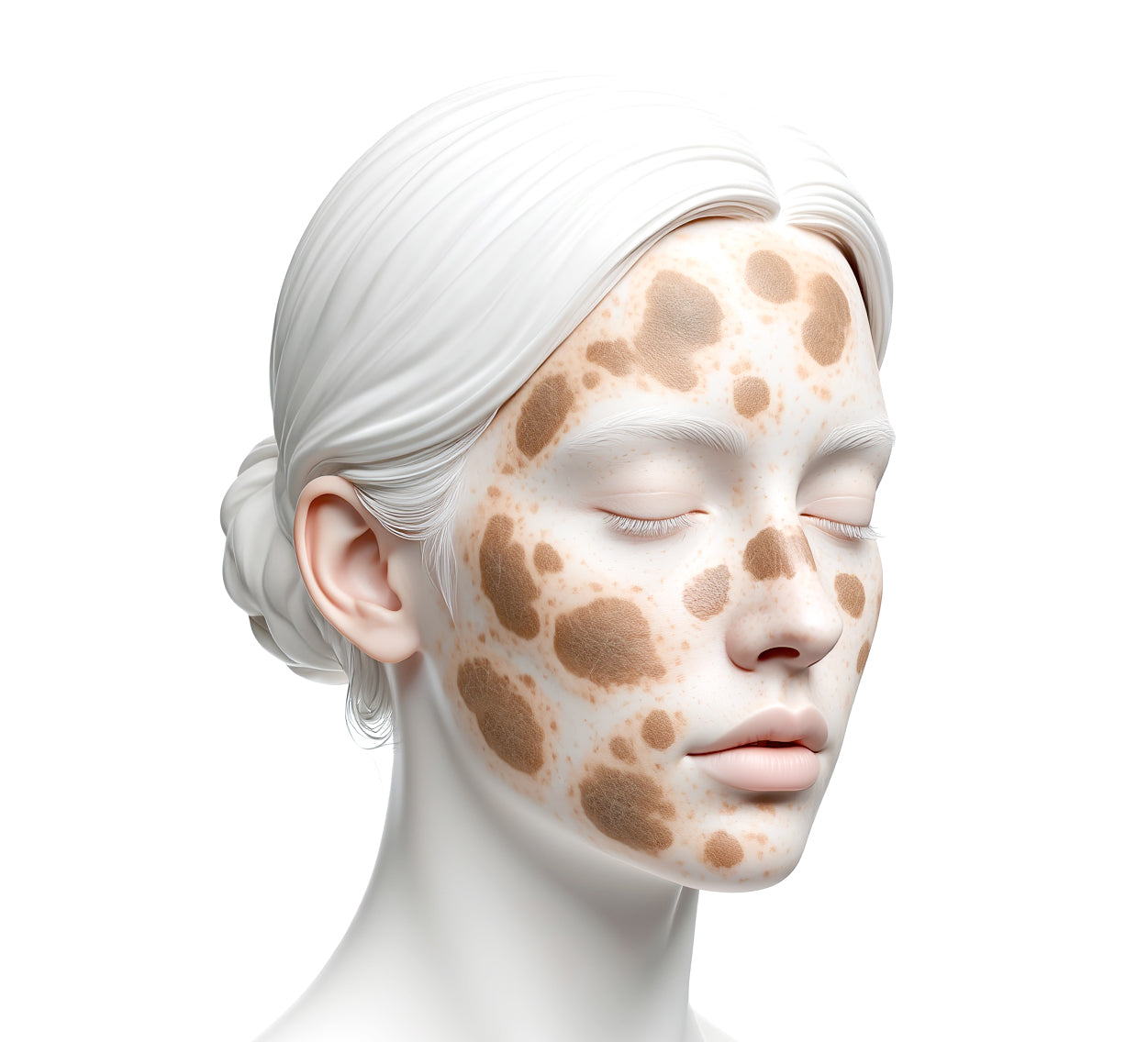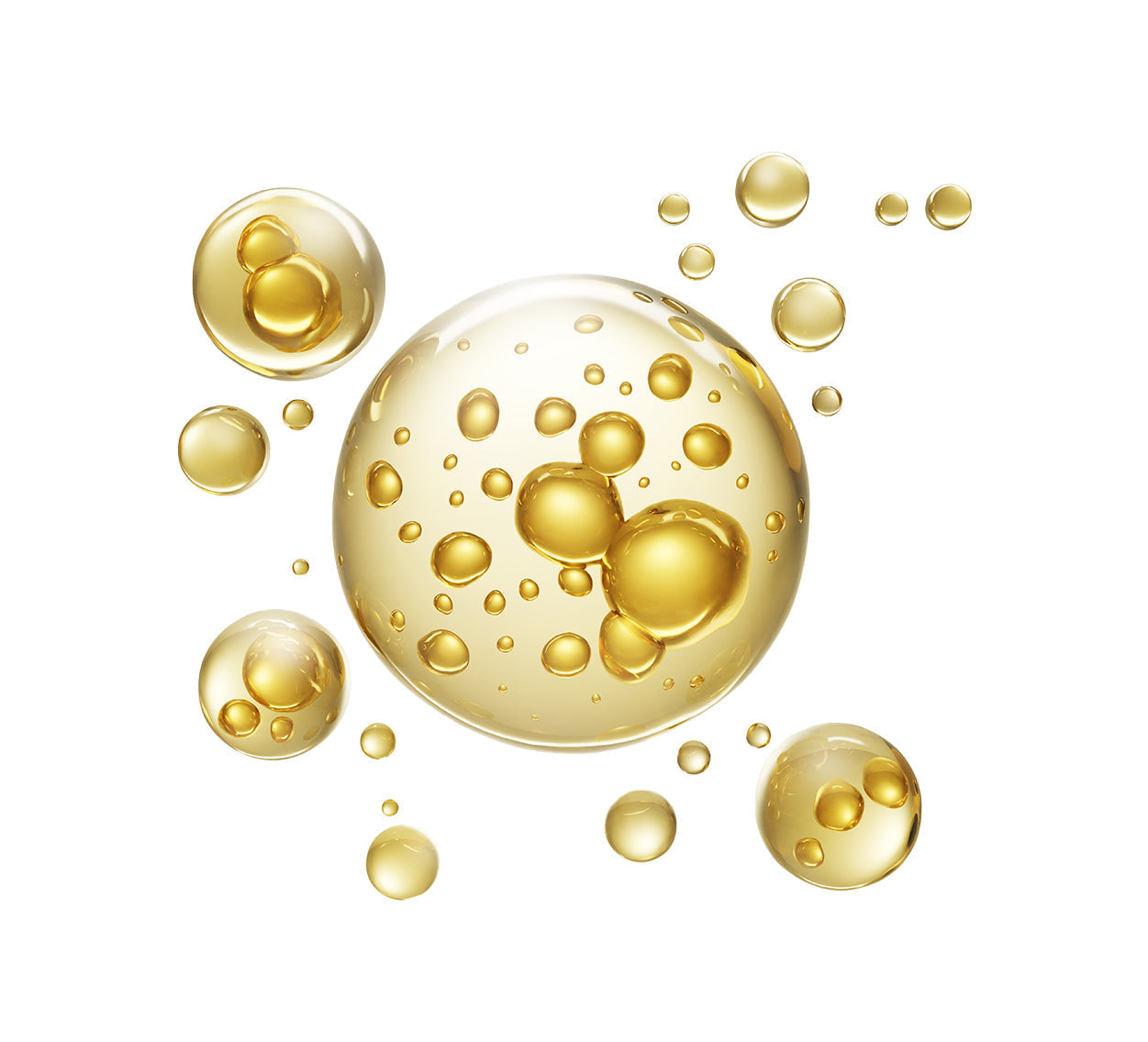Hyperkeratosis: What It Is and How to Manage It
What Is Hyperkeratosis?
Hyperkeratosis refers to the thickening of the stratum corneum, the outermost layer of skin, due to excess keratin production. Instead of naturally shedding, dead cells accumulate—resulting in dry rough skin, bumps, or plaques. This isn’t a disease in itself, but a response to various internal or external factors.
What Causes Hyperkeratosis?
This skin condition can be triggered by:
- Repeated friction or pressure (e.g., from shoes or tools)
- Chronic inflammation from eczema or psoriasis
- Sun exposure (as in actinic keratosis)
- Genetic or inherited disorders
- Nutritional deficiencies like low Vitamin A
- Viral infections such as warts
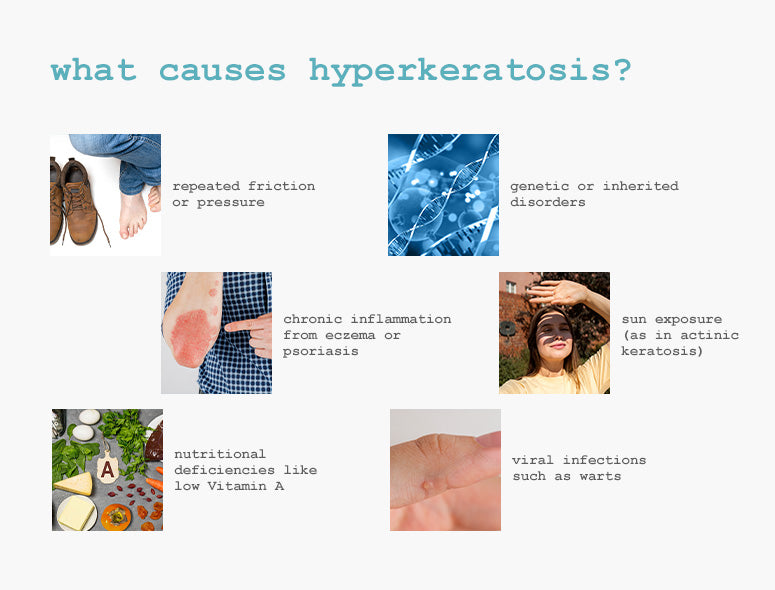
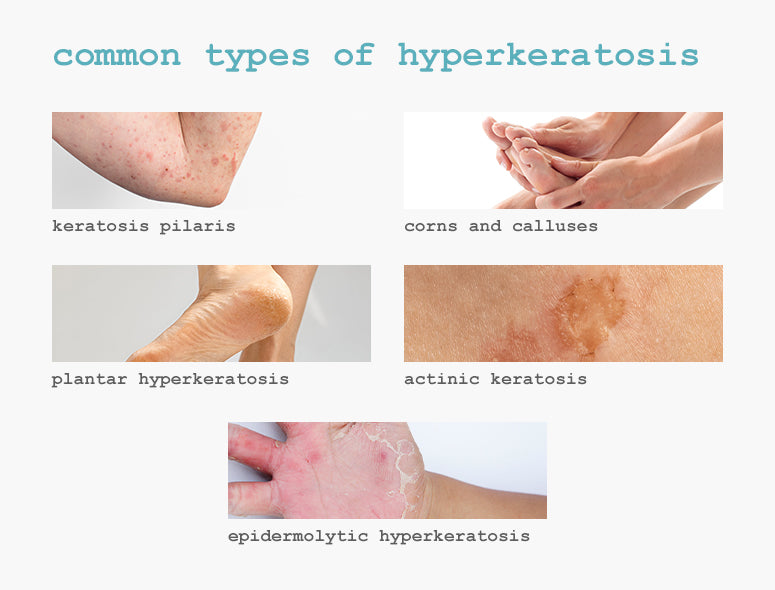
Common Types of Hyperkeratosis
- Keratosis Pilaris: Small, rough and bumpy skin often found on arms and thighs.
- Corns and Calluses: Localized thickened skin from repeated pressure or rubbing.
- Plantar Hyperkeratosis: Hard, cracked skin on the soles of the feet
- Actinic Keratosis: Sun-related dry patches that may develop into precancerous lesions.
- Epidermolytic Hyperkeratosis: A rare inherited disorder causing scaling and severe dryness.
The skin naturally produces keratin for protection. But when that process becomes irregular due to irritation, genetics, or environmental triggers, the result is keratin buildup. This leads to dry rough skin, uneven texture, and sometimes visible flaking or bumps.
How to Manage Hyperkeratosis
1. Use Topical Exfoliants
Ingredients like salicylic acid, lactic acid, or urea help remove built-up keratin, softening thickened skin and restoring smoothness.
2. Choose Moisturizers That Support Barrier Repair
Look for products with ceramides, glycerin, and emollients that target skin barrier repair and hydrate deeply.
3. Try Prescription Options
For severe or resistant areas, your dermatologist may recommend retinoids or corticosteroids to reduce buildup and inflammation.
Final Takeaway
Hyperkeratosis is a manageable skin condition—and understanding the causes is the first step to improving it. Whether you’re dealing with friction-induced calluses or inherited roughness, consistency is key.
Support your skin barrier, hydrate daily, and exfoliate wisely. With a little patience, even rough and bumpy skin can become smooth and healthy again.





